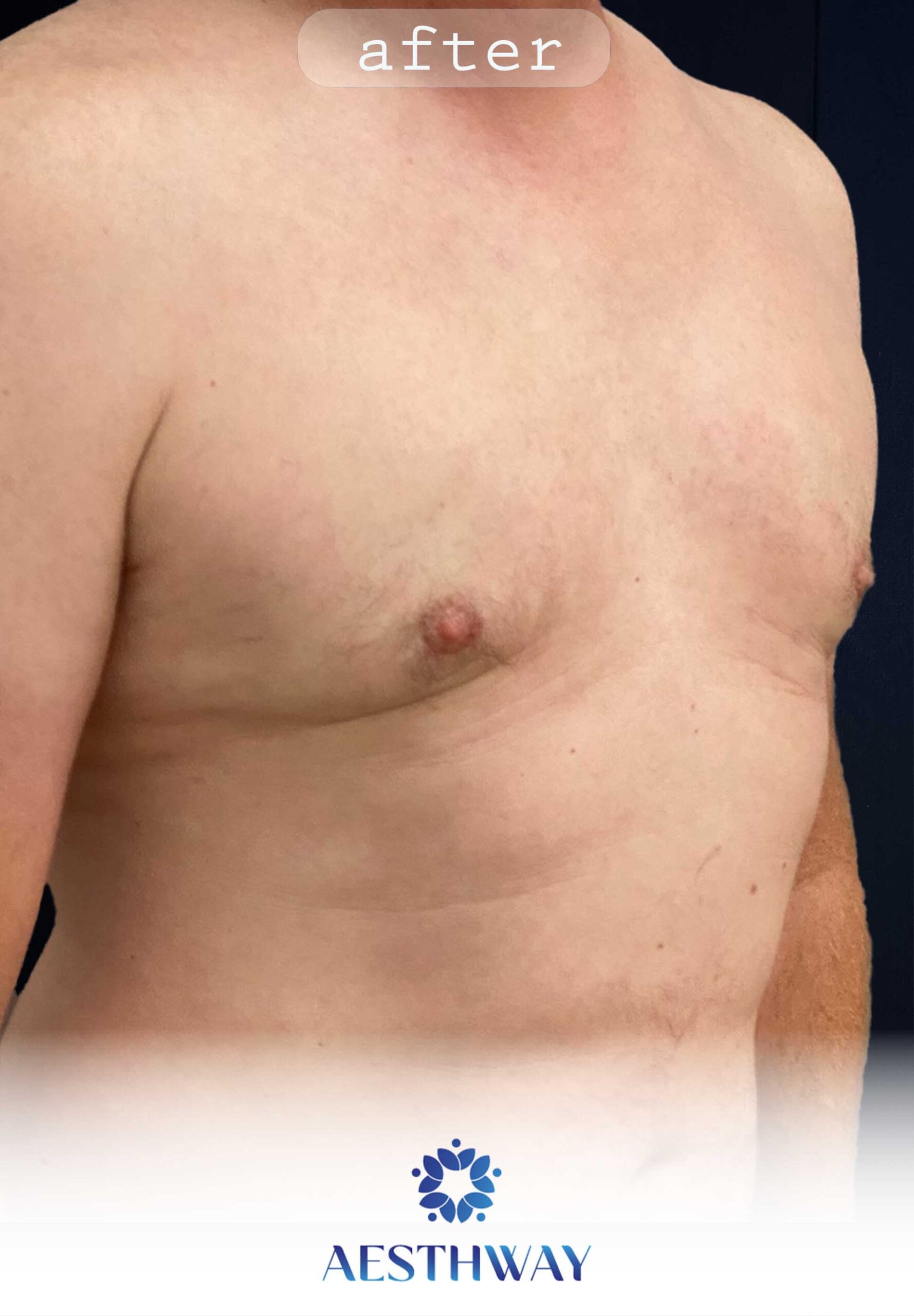Gynecomastia Operation
What is gynecomastia?
Gynecomastia is a condition in which men have abnormally large breast tissue. It's more common in younger men, but it can affect anyone. Surgery to correct gynecomastia involves removing excess fat, glandular tissue, or skin from under the nipple area. There are many reasons why someone might have this condition, including anabolic steroid use and some medications such as antidepressants. Below we've answered some of the most common questions about gynecomastia surgery—from recovery times to risks and others
What causes gynecomastia?
There are many reasons why you may have developed gynecomastia.
- Hormone imbalance: This is the most common cause of gynecomastia. The condition is present in up to 30% of men between the ages of 20 and 50, but it can also occur in older men. Hormonal imbalances often accompany other conditions such as diabetes, adrenal gland problems, chronic kidney disease and liver disease.
- Steroid use: If you have been taking steroid medication for a long time or if you have taken high doses for short periods of time, this might be a contributing factor to your problem with breast development.
- Drug or alcohol abuse: These substances can increase your estrogen levels and lead to an imbalance in your hormones which could result in enlarged breasts in men
How is gynecomastia surgery done?
Gynecomastia surgery is performed under general anesthesia.
The patient's chest is first cleansed with antiseptic scrub and draped in a sterile fashion. The surgeon will then make an incision on the breast or under the breast where a scar will be less noticeable. This can either be made horizontally along the bottom of your chest or vertically across it.
The surgeon will remove excess glandular tissue from your breasts and possibly some fat as well if needed to achieve your desired results. The wound is then closed with sutures (stitches) and covered with a gauze dressing.
Afterward, you might need to wear an elastic bandage around your chest for several days while you heal completely—which may take up to two weeks depending on how much swelling there was after surgery!
How long does it take to recover from a gynecomastia operation?
After the operation, you will be in hospital for a few days. You will need to take it easy for a week or two, so plan your recovery time around this. When you go back to work, make sure that your employer is aware of the surgery and how long it will take to recover fully. The exact period before you can resume exercise depends on the type of exercise and how to fit you were before surgery. If it's general aerobic exercise such as running or cycling, then about 6 weeks after surgery is reasonable; if it's weight training or contact sport like rugby union or football (soccer), then longer may be required because there are more risks associated with these sports post-surgery due to strain on the chest muscles caused by weight lifting/throwing etcetera
What are the risks of having a gynecomastia operation?
Most of the risks associated with gynecomastia surgery are low. The complications of this procedure include:
- Bleeding
- Infection
- Scarring (visible or internal) that may cause pain and tenderness, swelling, discoloration, or lumps. This is rare because your plastic surgeon will take steps to prevent it during surgery.
- Nerve damage (rare). In some instances, nerves may be damaged when an incision is made over an armpit. If you experience tingling or numbness in this area after surgery you should contact your doctor as soon as possible so they can check on it and make sure everything is moving properly again.
Before/After



Free Consultation

